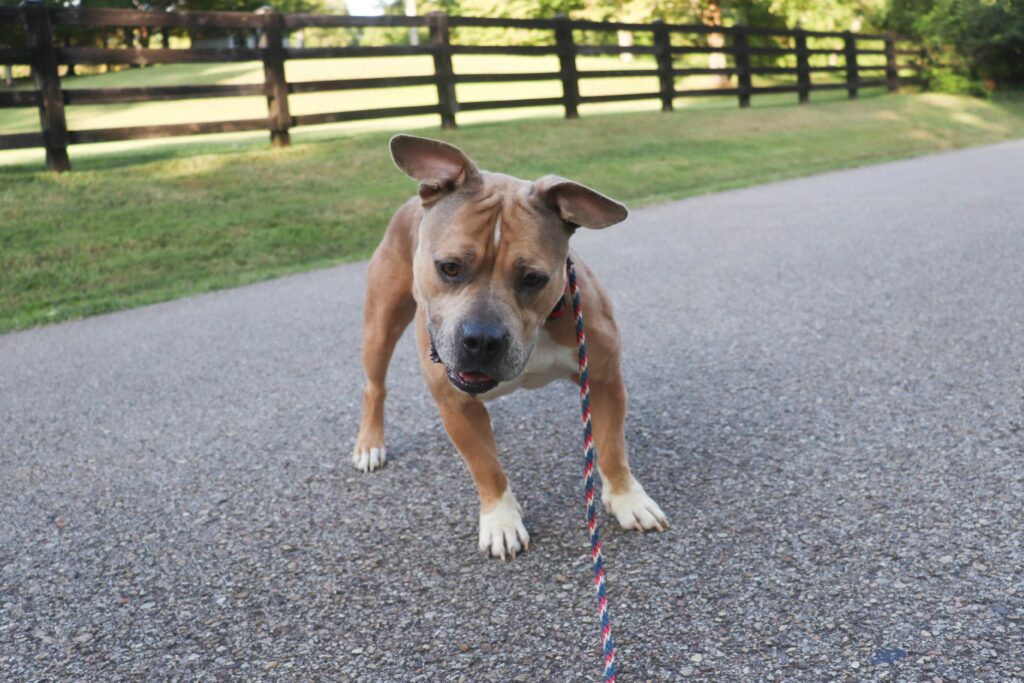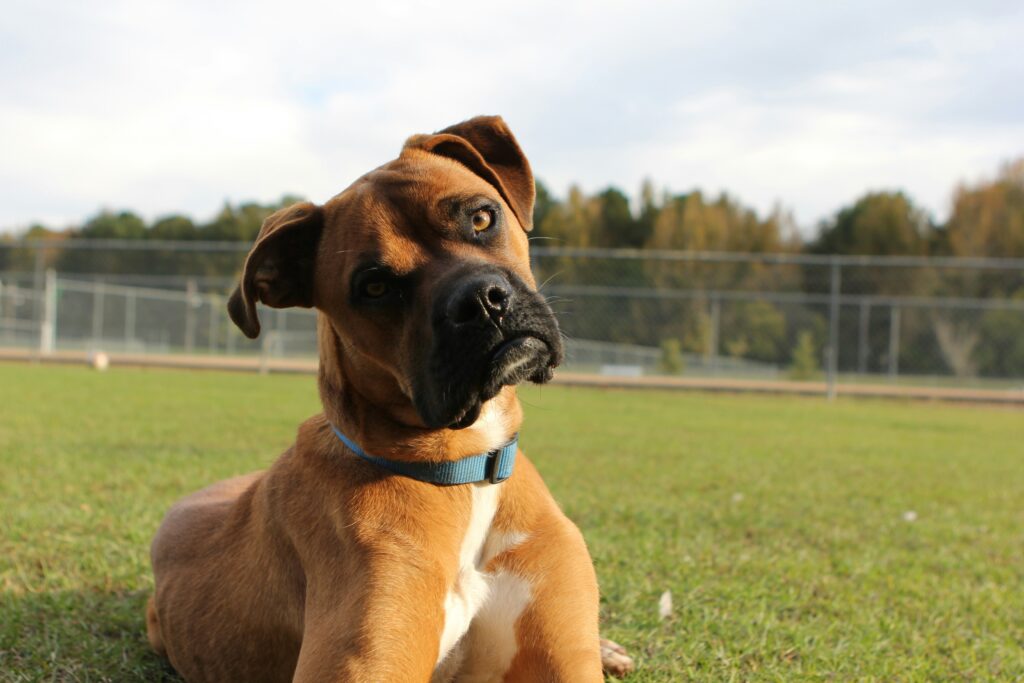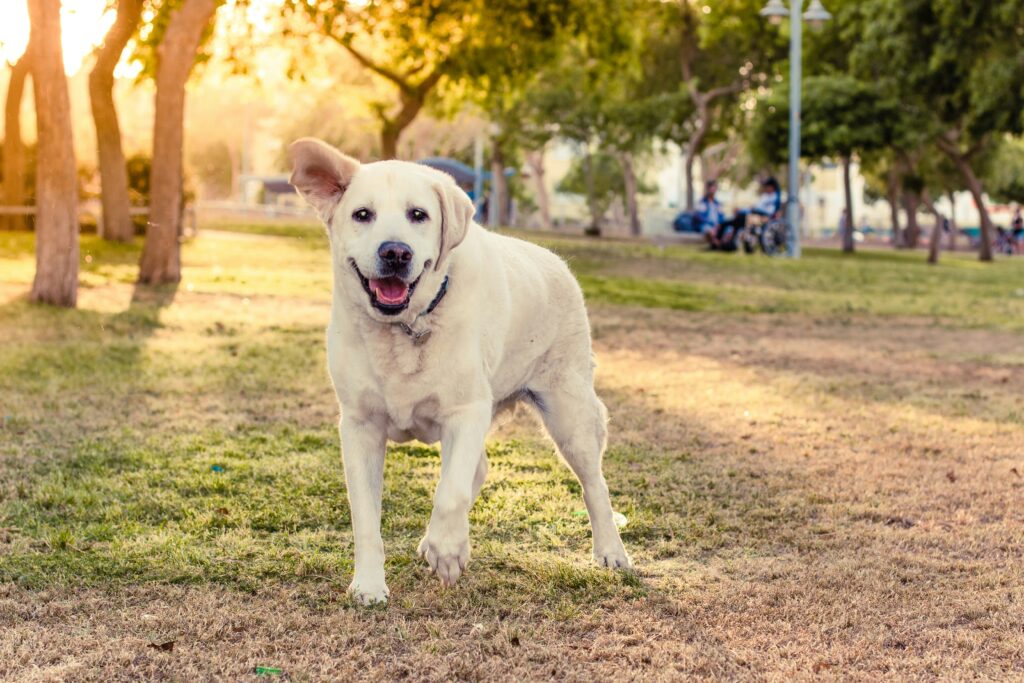Why Dogs Spin in Circles Before Lying Down
The Mysterious Pre-Bedtime Spin
Have you ever watched your dog carefully spin in circles before settling down for a nap? While it may look amusing, this behavior has deep roots in canine genetics and instincts. Circling before lying down is more than just a quirky habit—it’s a leftover from your dog’s wild ancestors.
The Wolf Connection
Dogs descend from wolves, and much of their behavior is influenced by survival instincts inherited over thousands of years. In the wild, wolves and other canines would circle an area before lying down to:
-
Flatten grass or vegetation for comfort
-
Check for potential threats hidden in the ground
-
Arrange the bedding area for warmth and safety
This behavior was genetically passed down to domestic dogs, and while the modern living room doesn’t require such careful preparation, the instinct persists.
Comfort and Safety
Circling helps dogs feel safe and comfortable before they lie down. By spinning, dogs can make the sleeping area cozy, secure, and aligned to their preferred position. Even if your dog has a soft bed, the spinning action may help them find the perfect spot, distributing their weight evenly and ensuring maximum comfort.
For some breeds, genetics influence how pronounced this circling behavior is. Dogs bred for outdoor or hunting purposes may circle more vigorously, reflecting their ancestors’ need for careful preparation in potentially unsafe environments.
Stress Relief and Energy Release
In addition to comfort, circling can also serve as a way to release stress or excess energy. Dogs who are slightly anxious or overly excited may circle more before settling, using the motion as a calming mechanism. Genetically, this behavior is linked to the need for controlled, deliberate actions that historically increased survival odds.
Behavioral and Environmental Factors
While genetics lay the groundwork, environment also plays a role. Dogs that feel secure in their homes may circle less, while nervous or highly alert dogs may circle multiple times to ensure their surroundings are safe. Your dog’s personality, breed tendencies, and environment all interact to influence how often and how intensely this behavior occurs.
Tips for Observing and Supporting the Behavior
Circling is typically harmless, but there are a few things owners can do to ensure it stays a safe and comfortable activity:
-
Provide ample space: Give your dog enough room to turn comfortably on their bed or resting area.
-
Comfortable bedding: Soft, supportive beds can reduce the need for excessive circling.
-
Observe patterns: Notice if circling becomes obsessive or is paired with distress, which may require a vet check.
Understanding the combination of genetics and environment behind this behavior allows owners to respect their dog’s natural instincts while ensuring safety and comfort.
Why We Love It
There’s something endearing about the careful, methodical way dogs prepare their resting spots. It’s a reminder that beneath the domestic fur lies a lineage of wild ancestors, whose behaviors shaped what we see in our pets today. Circling before lying down is a small, visible link to your dog’s evolutionary past, blending genetics, instinct, and personality in a tiny, adorable ritual.
Final Thoughts
Your dog’s spinning ritual is more than just cute—it’s an ancient instinct passed down through generations. From creating a safe, comfortable resting place to releasing energy and ensuring security, this behavior demonstrates how genetics continue to influence everyday life in our canine companions. Next time your dog circles before lying down, take a moment to appreciate the evolutionary history behind their charming little ritual.



